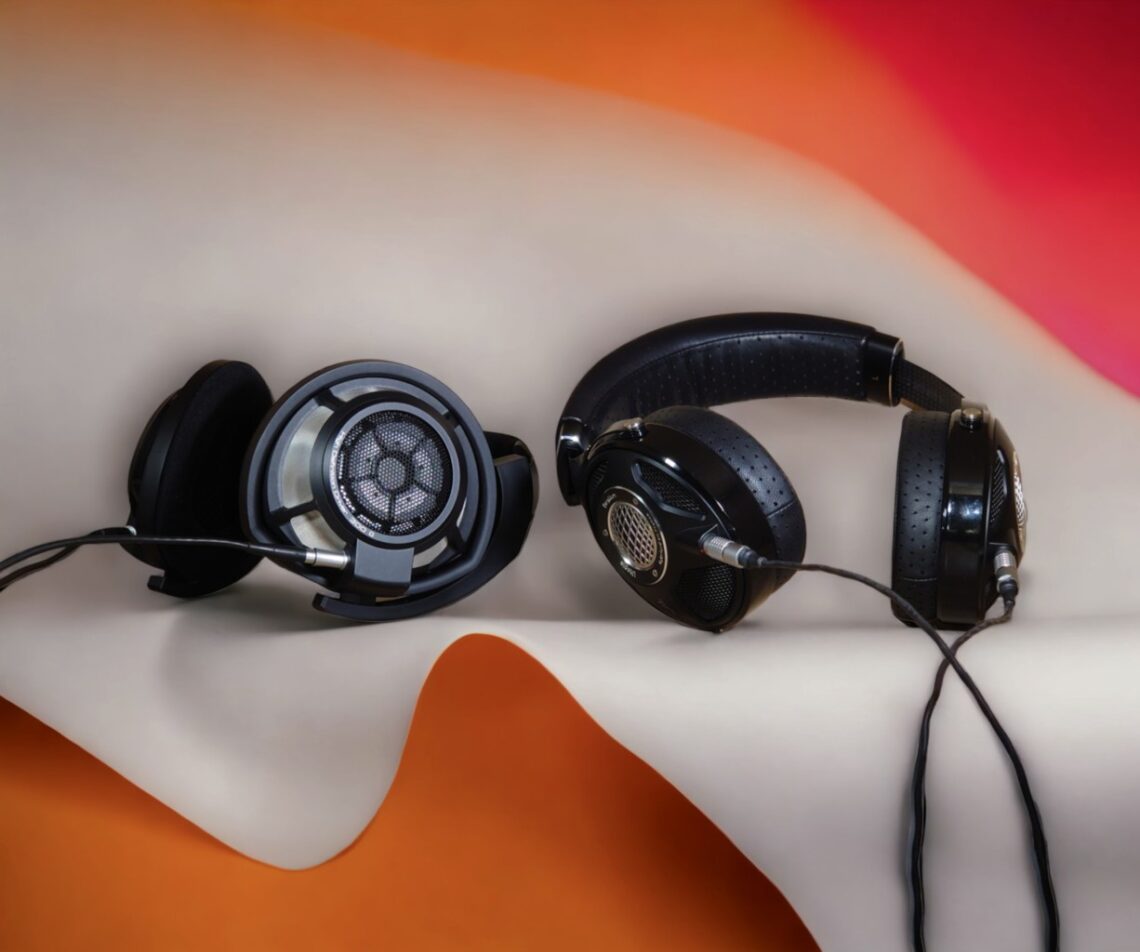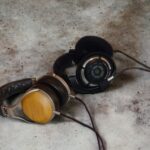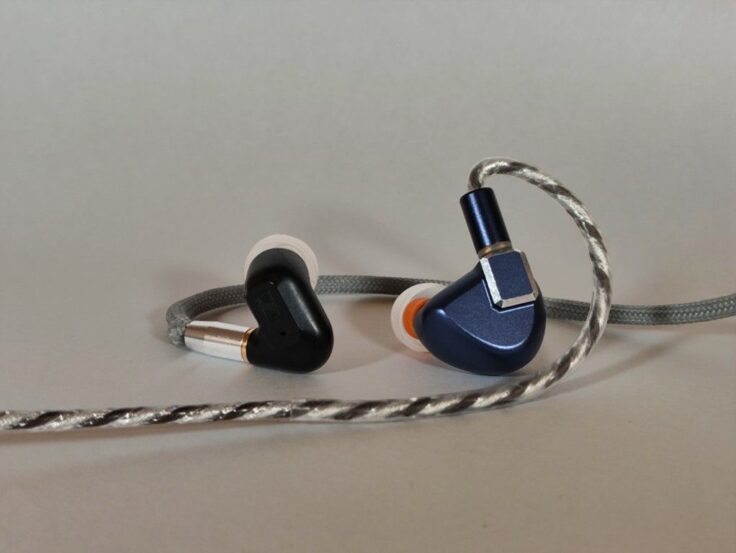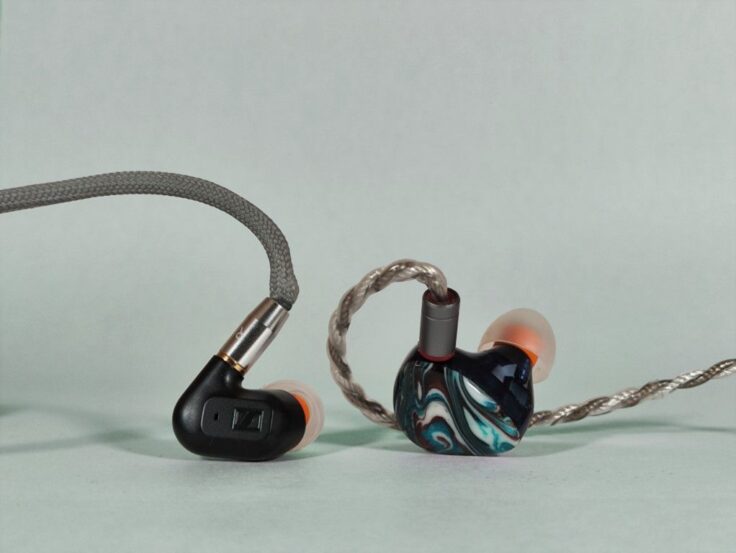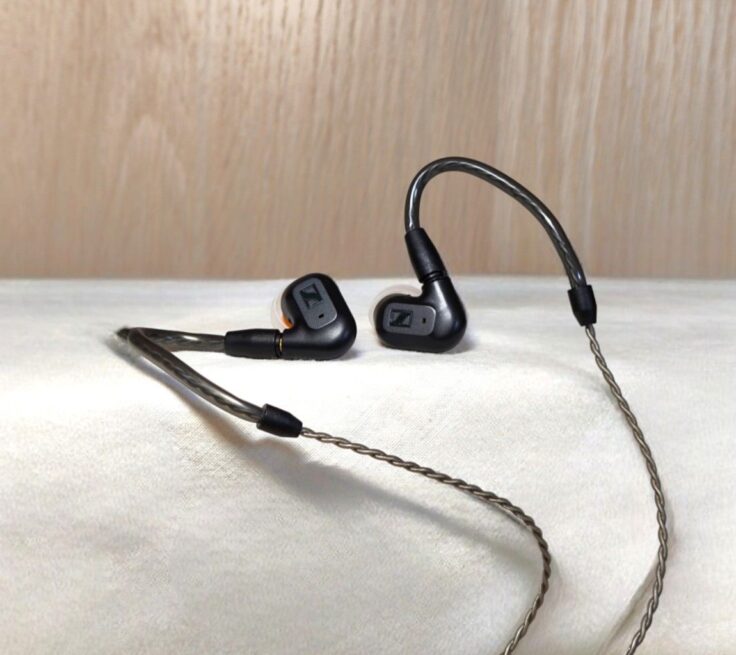The HD800S was introduced in 2016, but its construction and design can be traced back to 2009 when the nearly identical HD800 was first released. The primary distinction lies in the black colour and the addition of dampening material in the ring driver’s centre, addressing the notorious treble peak issue.
At the time of HD800’s debut in 2009, Focal had not even entered the headphone market. Their first headphone, the Spirit One, came out in 2012, The Spirit One was a portable realistically affordable headphone, but it wasn’t a serious high-end offering. Focal’s entry into the high-end headphone realm began with the launch of the Utopia in 2016, earning a reputation as one of the world’s finest headphones. Subsequently, they introduced the Elear later that year and followed up with the original Clear in 2017.
The Clear MG was introduced in 2021. In 2022, Focal introduced a new version of the Utopia. The changes were minor enough for Focal to not change the name but it has become known as the Focal Utopia 2022. In this review, we used the original Utopia
As both the HD800, HD800S and the Utopia have been called the “best dynamic driver headphones in the world”, it’ll be especially interesting to do a comparison of the HD800S and the Focal Utopia.
This page is supported by users when they donate or use affiliate links to shop for anything on Amazon via our link here .
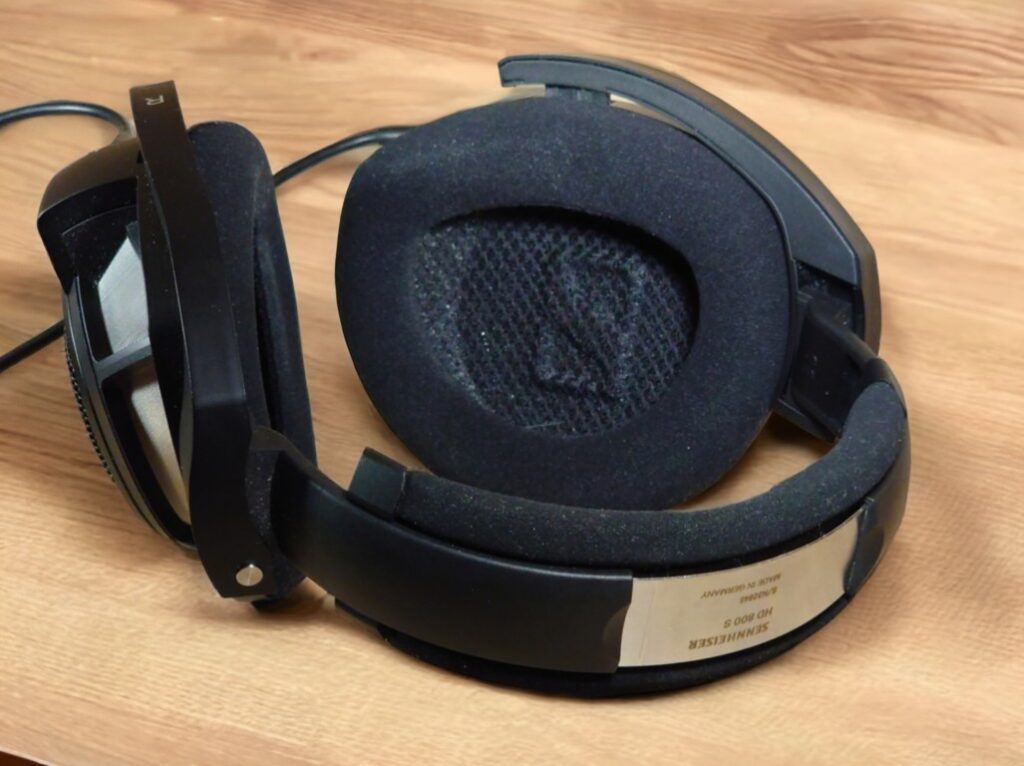
SPECIFICATIONS SENNHEISER HD800S
- Over-ear, open-back design
- Transducer type: Dynamic driver
- 56mm Ring Radiator dynamic transducer system
- Sensitivity: 102 dB (SPL @ 1 V)
- Impedance: 300 Ω
- Frequency response: 4 Hz – 51,000 Hz
- Total harmonic distortion (THD): < 0.02 % (1 kHz 1 Vrms)
- Magnetic field: 10.5 mT
- Cable connector on headphones: Proprietary connectors.
- Cable length 3 m x 2 cables
- 3m cable with 6.35 mm jack plug
- 3m cable with balanced 4.4mm Pentaconn jack plug
- Weight 330 g
- Made in Germany.
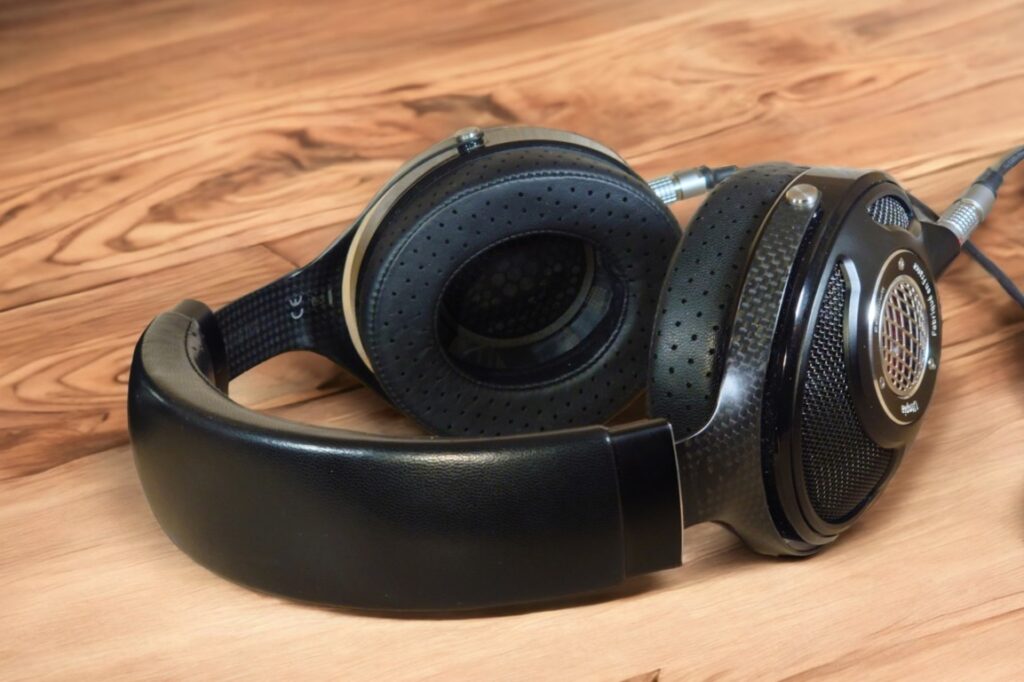
SPECIFICATIONS FOCAL UTOPIA
- Type Circum-aural open-back headphones
- Impedance 80 Ohms
- Sensitivity: 104dB SPL / 1mW @ 1kHz
- THD: <0,2% @ 1kHz / 100dB SPL
- Frequency response: 5Hz – 50kHz
- Loudspeaker: 40mm pure Beryllium ‘M’ shape dome
- Weight: 490g
- Cable connection to headphones: 2-pin LEMO
- Cables: 1 x 4ft OFC 24 AWG cable with 1/8″ (3.5mm) TRS Jack connector, 1 x 10ft OFC 24 AWG cable with 4-pin XLR connector, 1 x Jack adapter, 1/8″ (3.5mm) female – 1/4″ (6.35mm) male
- Carrying case 250x240x120mm
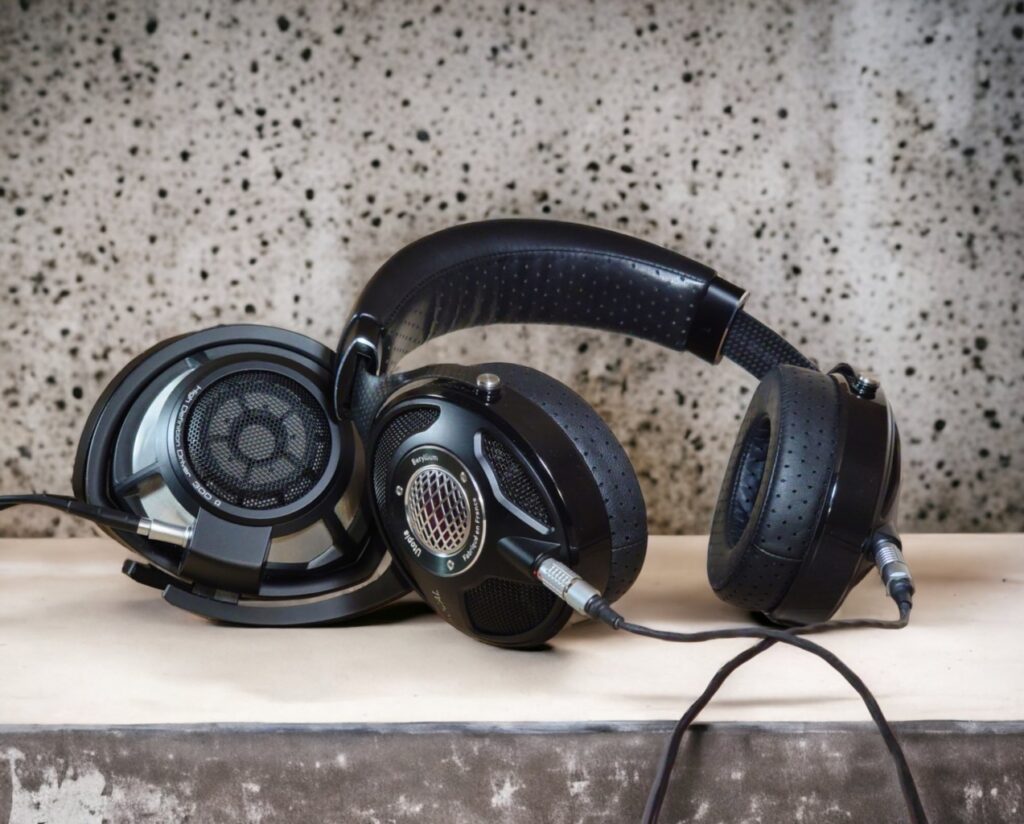
BUILD QUALITY, DESIGN AND COMFORT
These headphones are both well-built and comfortable to wear. The Focal Utopia comes with Fenestrated Sheepskin pads, the HD800 uses a synthetic microfiber material. The HD800S is lighter (330g vs 490g) and has larger cups with more room to breathe. At least for me, they are more comfortable. Pads are click-on proprietary user-replaceable. There are lots of 3rd party options if you want that. All Focal pads for the Utopia. HD800 pads fit the HD800S.
They both use different proprietary cable connectors which makes cable swapping unnecessarily difficult and expensive. I cannot understand why they haven’t opted for 3.5 mm jacks, which is becoming more and more of an industry standard. Focal uses 3.5mm on their other headphones, so why not the Utopia?
The HD800S comes with two long cables, one with 6.35 mm TRS and one with balanced 4.4mm Pentaconn. Utopia comes with a long cable with either a 6.35mm jack (before 2020) or a 4-pin XLR (after 2020) and a short cable with a 3.5mm jack.
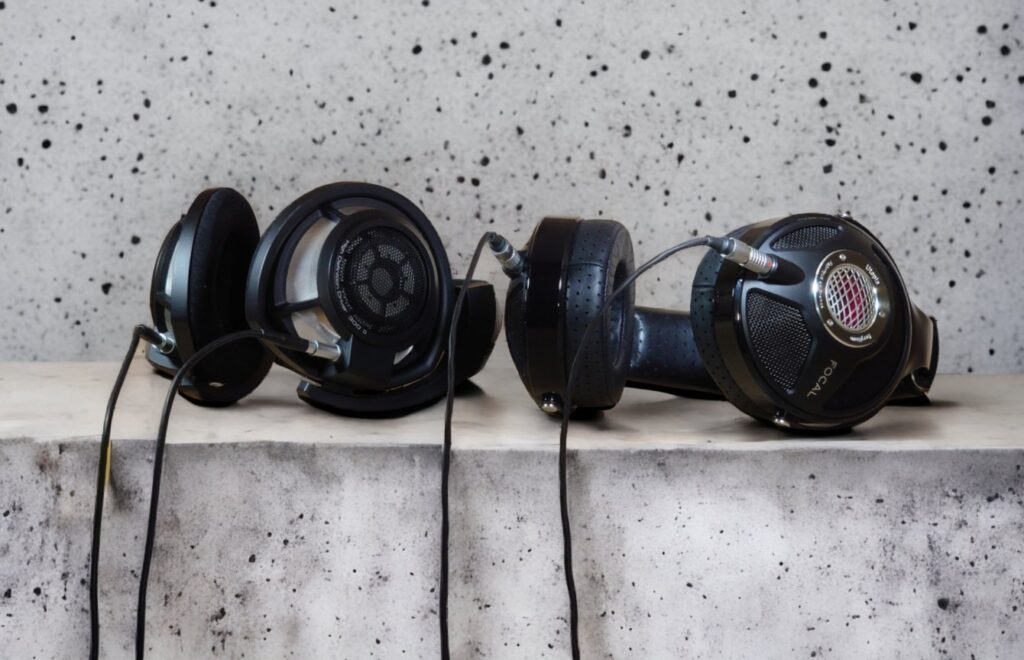
COMPARISONS
For the comparison, I have chosen my two best amplifiers which are stellar matches for both headphones.
EAR HP4 | TUBE MAGIC
Great headphones deserve great amplification and this beauty of a tube amp is indeed one of the best I have ever listened to. It is a super match with both headphones. It has different output jacks for high impedance and low impedance and I use the high impedance for the HD800S and the low impedance output for the Utopia.
Bijou Voyou Caillou by Florian Pellissier Quintet
These headphones are not very differently tuned but do not sound the same. The most immediate difference is that the sound stage is bigger with the HD800S, while it is more precise with the Utopia. The percussion is tighter with the Utopia, the vocals are more focused and a bit more upfront. The bass is not dissimilar. Both are quite bright-leaning.
Blood Beech Tree by E.A.R.
Again, the HD800S sounds more diffuse. The Utopia is more pinpointed, sharper cut. If you thought the HD800S was a detail freak, the Utopia has something to tell you. The treble is sharp, precise and still quite effortless and natural sounding. Not electrostat treble, but precise and snappy. The treble has body and still is very detailed. The HD800S is more airy and ethereal.
Blossom Bells by Erland Dahlen
The bells are crystal clear with the Utopia. I’d never think I’d call the HD800S treble “diffuse”, but here I am. The whole HD800S presentation is diffuse in comparison. It’s still good and enjoyable. I’m just describing what I hear.
Can’t You See by Susan Wong.
The vocals have more texture with the Utopia. Everything has more body and definition at the same time. It is truly remarkable. The soundstage is quite open and nice with the Utopia, but not as big as with the HD800S. All the instruments take up a smaller part of the room, leaving more space in between. The guitar is sharper, crisper and fuller with the Utopia. And again the vocals seem smeared out with the HD800S. However, the HD800S is no slouch and has lots of detail and a nice presentation.
Daddy Lessons by Beyonce
With regards to tonality, they are not too far apart. Neither has a heavy bass presence. However, the Utopia is more pronounced in the mid-range and sounds more upfront. The HD800S sounds more relaxed, the Utopia is more intense. Everything with the Utopia is more pinpointed and precise.
Down by Stone Temple Pilots
This sounds quite good on the HD800S albeit a bit bright, there’s very nice layering of the instruments. The Utopia does however take things a bit further. The layering is more refined. The bass is even easier to separate from the fuzz guitars, everything has its place and isn’t allowed to float around a micrometre. This track is quite fatiguing with the HD800S, but less so with the Utopia.
En Casa Del Herrero by Tomatito
The Utopia is clearer and crisper, but the vocals are more balanced with the HD800S, they’re a bit shouty with the Utopia. However, the HD800S does sound more fuzzy and diffuse. The Utopia is sharper cut, more precise and pinpointed. It’s crisper and has more tonal weight both in the mid-range and treble.
It Could Be Sweet by Portishead
The bass is similar with regard to quantity, the Utopia has a tad more weight. It also has more articulation in the bass. The same goes for the mid-range and especially the vocals. Beth Gibbons’ voice is clearer and more pronounced with the Utopia. Also the percussion and treble are crisper and tighter.
Limit to Your Love by James Blake
Both sound great. They can handle the violent bass, and Blake’s voice is clear and nicely rendered. Percussion is snappy. However, the Utopia has better articulation on all levels. More macro dynamics. More micro dynamics. More articulation, more tonal weight and body. It’s more precise.
Haydn Cello Concertos III Finale Allegro molto by Freiburger Barockorchester
So far my preferences have almost exclusively been tilted towards the Utopia. The HD800S has been doing a good job but it’s seldom as good as the Utopia. On this track, however, the HD800S shines. Not that the Utopia sounds bad at all, it’s just as great, but the ethereal and slightly diffuse presentation of the HD800S is really pleasing with classical string music. The Utopia has better separation and definition and tonal weight, but the HD800S puts everything more at the distance and gives more of that orchestral feeling like you are sitting in the concert hall in the 10th row rather than on stage and in this piece it is simply gorgeous.
Higdon’s Violin Concerto 1726 by Hilary Hahn
The fabulous Jennifer Higdon played by the great Hilary Hahn, played on two of the best headphones for classical music ever made. I feel quite lucky. As with the Haydn Cello Concertos, there is a trade-off between the Utopia’s crisp clarity and hyper precision and the more forgiving softness of the HD800S. I honestly cannot believe I am talking about the HD800S in these terms, but everything is indeed relative. The busy parts are handled in a very nice way by the Sennheiser. The Utopia can become a bit too energetic, bordering on aggressive. The crescendos sound a bit too much sometimes. I prefer the way they sound with the HD800S. That being said, I don’t know how it’s supposed to sound. It’s probably a bit painful to listen to live as well.
Holberg Suite by 1B1
More classical music: Also this piece sounds more energetic and aggressive on the Utopia. I prefer the more distant and smoother presentation of the HD800S. The Utopia is great, don’t get me wrong, I could be very happy with it, but I’d need to turn it down a bit. If I play the busy passages too loud, the Utopia really gets a bit too much.
Lovers on the Sun by David Guetta
It’s not my favorite song but it’s a great track to test headphones with because it can be quite fatiguing and harsh. I must say that neither of these headphones handles this track in a satisfactory way. They both sound too bright and lack the foundation downstairs. Don’t get either of these cans for EDM.
Rocket by Smashing Pumpkins
Again a track that doesn’t sound good on bright headphones. As great as they are, neither the Utopia nor the HD800S does justice to Billy Corgan and his band.
Scratch Bass by Lamb
Electronic drum and bass. This sounds quite good with the Utopia. The bass is punchy enough, and the separation and layering of instruments are superb. I find it a bit bright, though. The HD800S is also bright but in a different way. More diffuse, relaxed. There are lots of details with both, but the details are more articulate with the Utopia. Swapping back and forth, I prefer the Utopia here – but neither is ideal.
Maple Noise by Greene Serene
This improv jazz track is such a gem. The Utopia is punchy and snappy, detailed, and textured with great separation and layering. The percussion is a joy to follow. The HD800S also does a good job. It is again a bit more diffuse and less articulate.
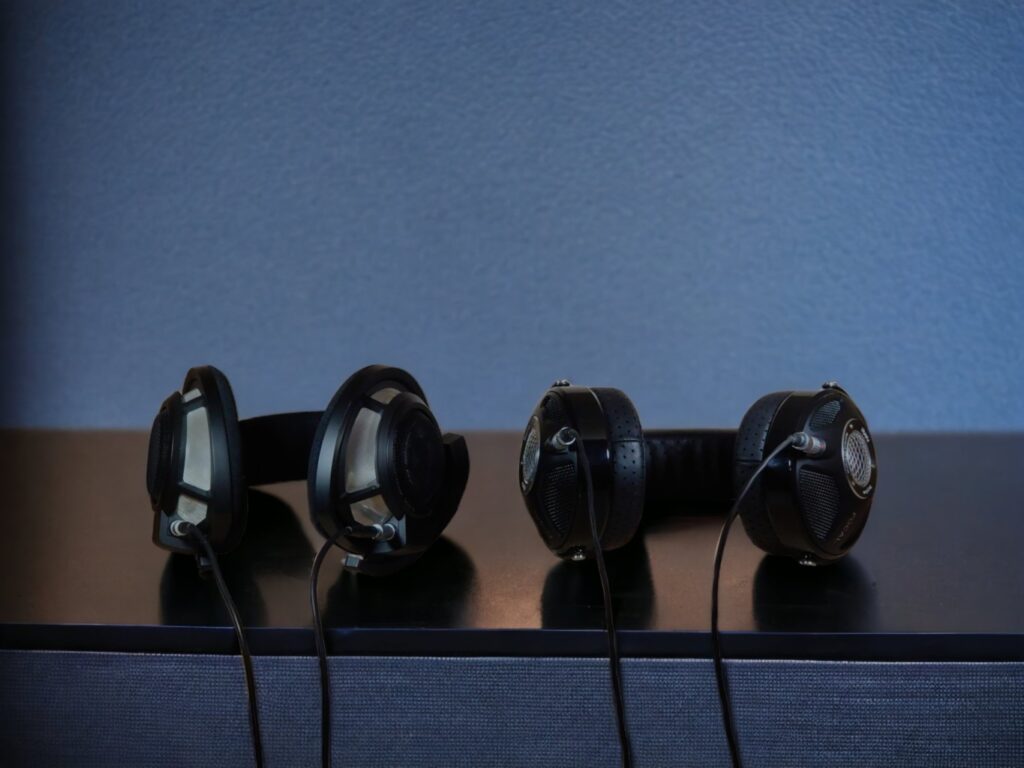
BRYSTON BHA-1 | SOLID STATE BLISS
Nightwalker by Trentemøller
The bass on this electronica track is quite a lot meatier with the Utopia. It’s more precise sounding across the board. The HD800S sounds good too, though. It’s more spacious sounding, softer and slightly mellow.
Assume Form by James Blake
The HD800S sounds good. Very open and airy. The Utopia is more focused, it has more bass, more punch and sounds more intense. Blake’s vocals are more upfront, details are more articulated.
Antologie, album by Solveig Slettahjell
This track is mostly piano and vocals, with some percussion. There’s not much bass. The HD800S is nice and detailed. The vocals are velvety, but a step back. The Utopia brings Solveig’s voice a step or three forward. Both are delicious. The Utopia is crisper and has more upper midrange energy. The vocals are fuller sounding. There’s more weight to the tones. However, broadly speaking, they are tuned quite similarly.
Discourses, album by Jon Balke
Piano improvisations and percussion. The Bryston is certainly a beautiful match with the Focal Utopia. The imaging is deep and very precise but the sound stage is not huge. The amount of effortless detail is breathtaking. No sibilance or harshness in the treble.
Going over to the HD800, the soundstage becomes bigger, but the imaging is less precise. The piano feels less crisp, the midrange sounds more diffuse and is drawn back a bit. Coming from the hyper-focused Utopia, the instruments feel like they are stretched out in space. The treble is both less crisp and more fatiguing (to me) at the same time. The level of perceived detail is not far away from the Utopia though.
Affirmation, album by Arild Andersen Group
Jazz; piano, saxophone, bass and percussion. The soundstage of three Utopia is so precise and holographic that it is almost scary. I like the tone and the timbre of the instruments. They feel very natural.
The HD800S is also good, but again the soundstage is wider and more diffuse. The mid-range is less pronounced and the treble is airier with less body. The HD800S has a more distanced and ethereal sound.
Angel by Massive Attack
The bass is more pronounced with the Utopia, it’s not a bass-heavy can, but the low end feels more solid and is more grounded with more punch. The soundstage, again, is smaller but has more precise imaging.
WRAPPING IT UP
- Treble: The treble is interesting. I find the Utopia to have more treble body and a more energetic presence. It’s crisper sounding, yet very delicate. The HD800S feels less crisp but is more fatiguing to me. Both have high levels of fine treble detail, but the treble of the Utopia is more dynamic.
- Mid-range: The Utopia has more midrange presence and energy too. The upper midrange is especially more pronounced. Vocals, pianos, trumpets… they all have more body. The HD800S is more distanced, and a bit fleshed out. There’s more midrange dynamics with the Utopia, they both have good fine detail.
- Bass: Here, the Utopia also had more body, presence and punch. It’s not so much that it has more quantity – the bass is just more solid and grounded. Both have good bass detail and texture. They both roll off gradually in a similar fashion.
- Sound-stage: The HD800S is significantly wider. However, compared to the Utopia, it is a bit diffuse in the imaging. So it’s a trade-off. Besides, the HD800S is still a headphone and the Utopia doesn’t sound closed, just a little narrower. I’d say the Utopia is more holographic, and more precise, but with a smaller stage.
- Timbre and tonal balance: To me, the Utopia has a better and more natural-sounding timbre across the board. It is like it takes the HD800S and fixes it, at a small sacrifice with regards to the soundstage. Both are quite bright sounding and are not for bass heads. The Utopia has better weight and body to the bass, mids and treble. This without reducing micro detail, rather the opposite.
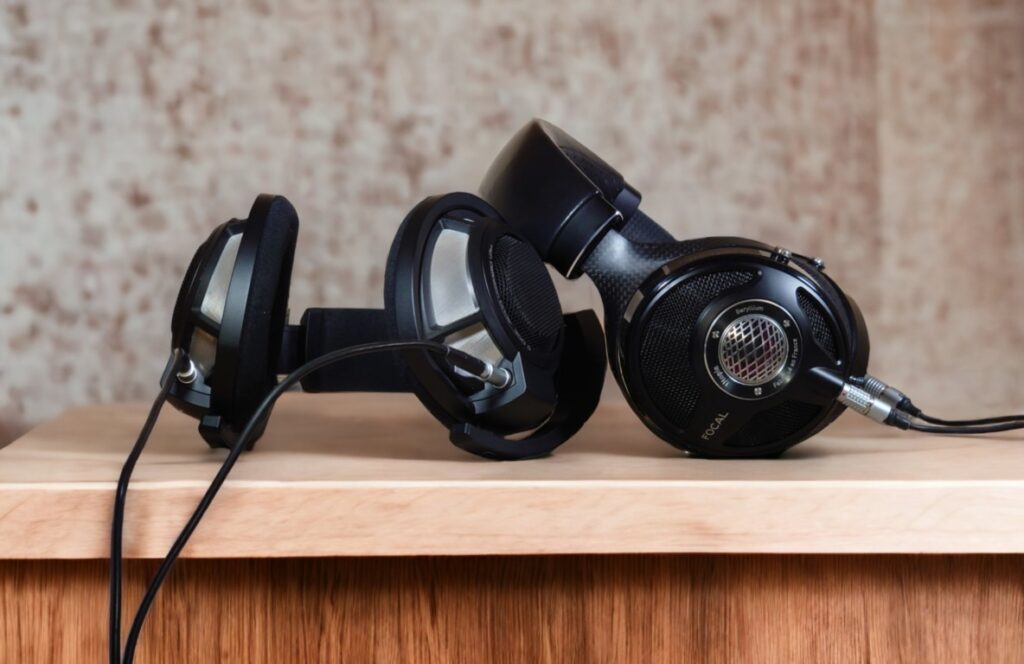
CONCLUSION
These headphones have a lot in common. They are both technically stellar, with a high detail level. Both are tuned rather bright. The bass is high quality, but not exactly overwhelming, and it rolls similarly off on both. The Utopia has more bass punch, though. Also in the mid-range, they are not too different, but again, the Utopia offers some more energy and presence. The lower treble too is more energetic, but the HD800S has more high frequency presence making it more fatiguing for some.
In other words, the sound signature is not too far apart. Both are treble-happy, and neither are bass cannons. The biggest difference is in tonal weight. All along the bass, midrange to treble I find that the Focal Utopia presents the music with more energy. Each instrument and sound has more body and flesh. The HD800S presents everything with a bit more distance. That is also reflected in the HD800S’ soundstage which is noticeably larger, but more diffuse than the pinpointed soundstage of the Focal Utopia.
All in all, I find the Utopia the better headphone, but can easily imagine that others might prefer the HD800S. Audio preferences are subjective, and these are both true audiophile headphones. Personally, however, I find the Utopia a step up in most regards.
You can check out the Focal Utopia here and the Sennheiser HD800S here on Amazon.
We make earnings through affiliate links and any purchase you make on Amazon or Linsoul clicking one of our links will give us a small provision at no cost to you.
We only get a provision for items that are not returned, so there’s no incentive for us to recommend something that’s not good.
Linsoul : Headphones, Earbuds, Wireless Earbuds, Desktop DAC/AMP, Portable DAC/AMP, Digital Audio Players,
Amazon: Headphones, IEMs, Headphone Amplifiers, Home Audio or Anything else.
.
If you enjoyed this article or other content on The Headphoneer, you might consider leaving a small donation to keep this website up and running. No donation is too small. Thanks for supporting us!
If you like our work please follow us on Instagram, Facebook and Twitter , it will help us grow. Sharing is caring 🙂


